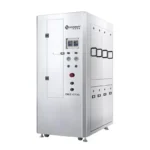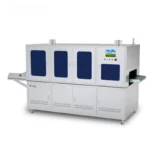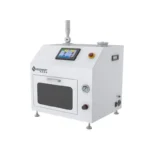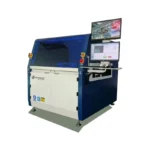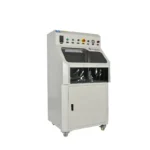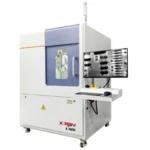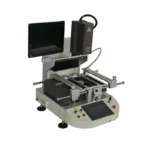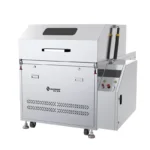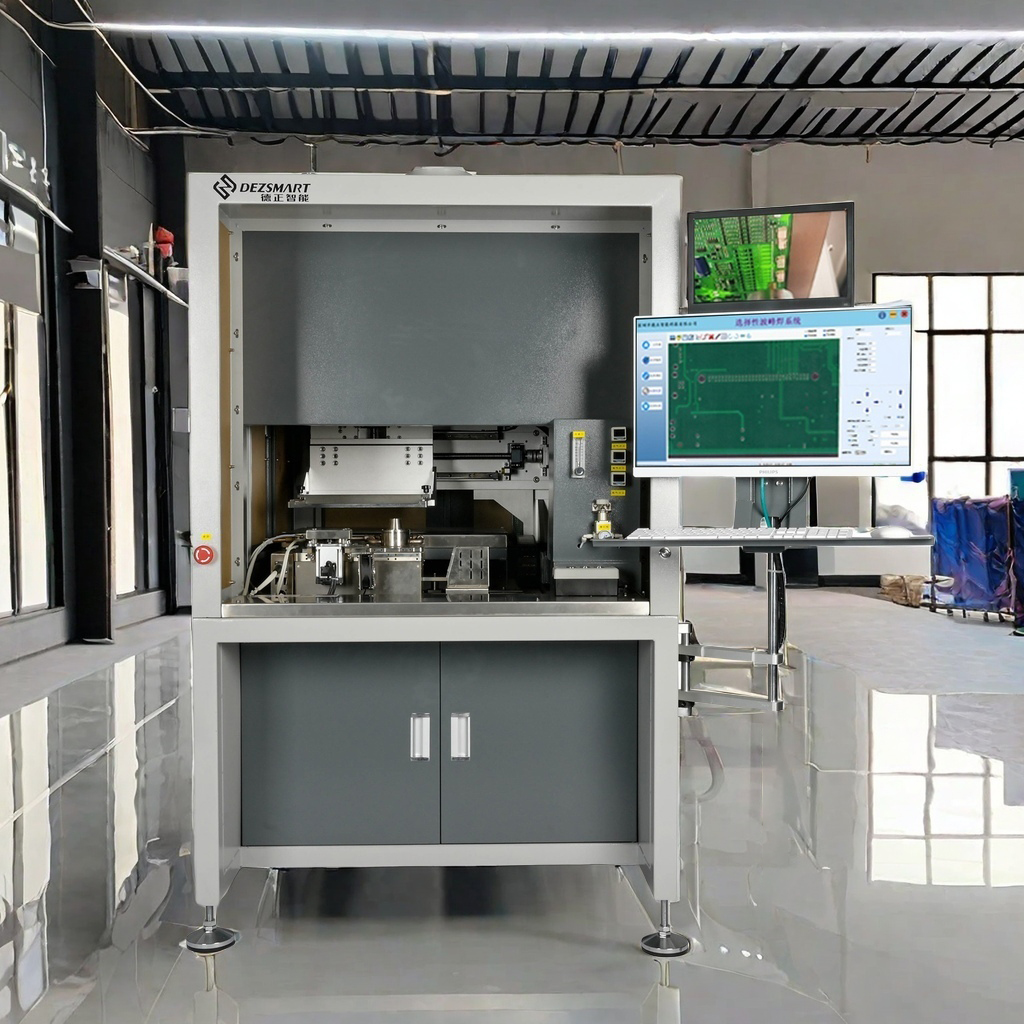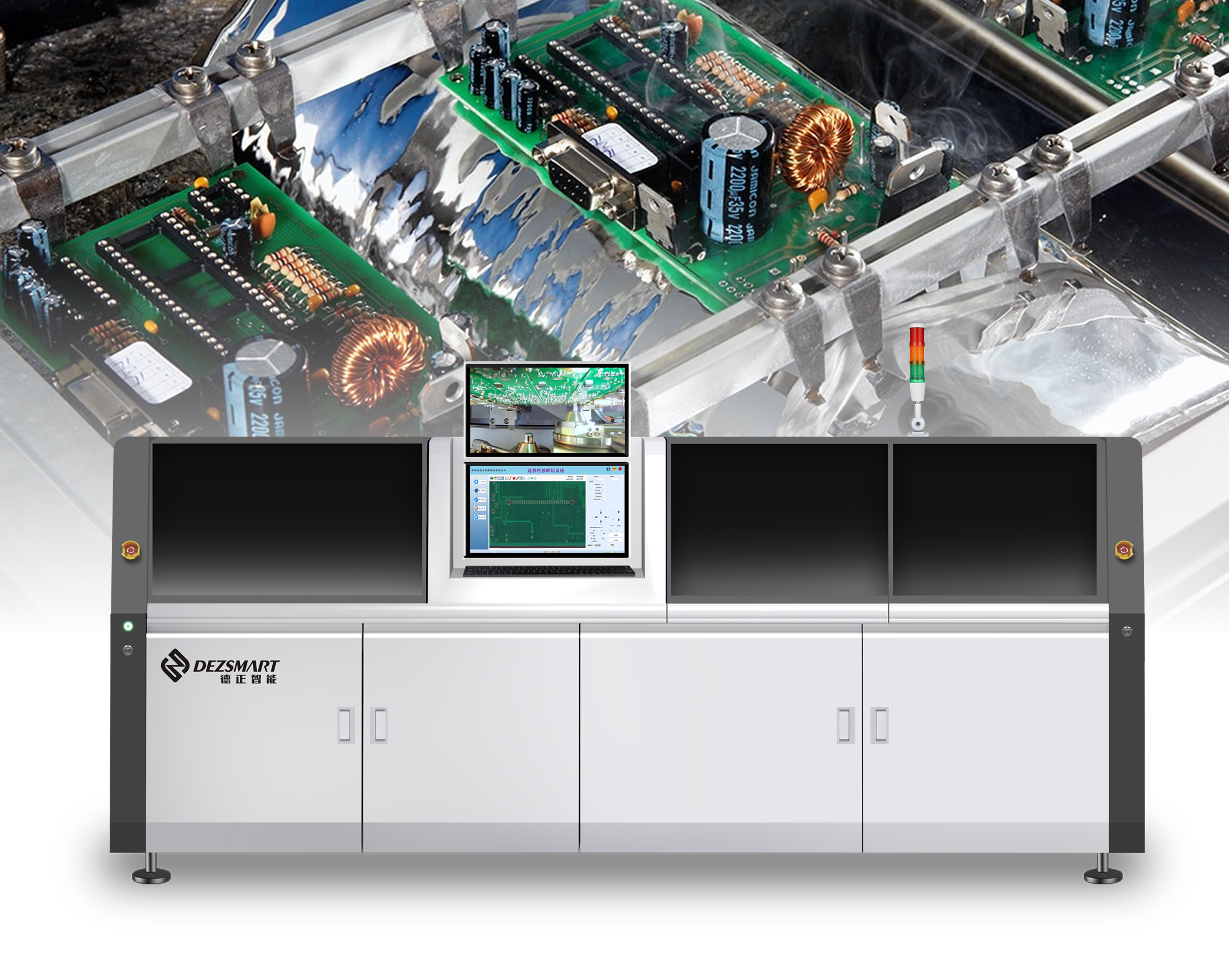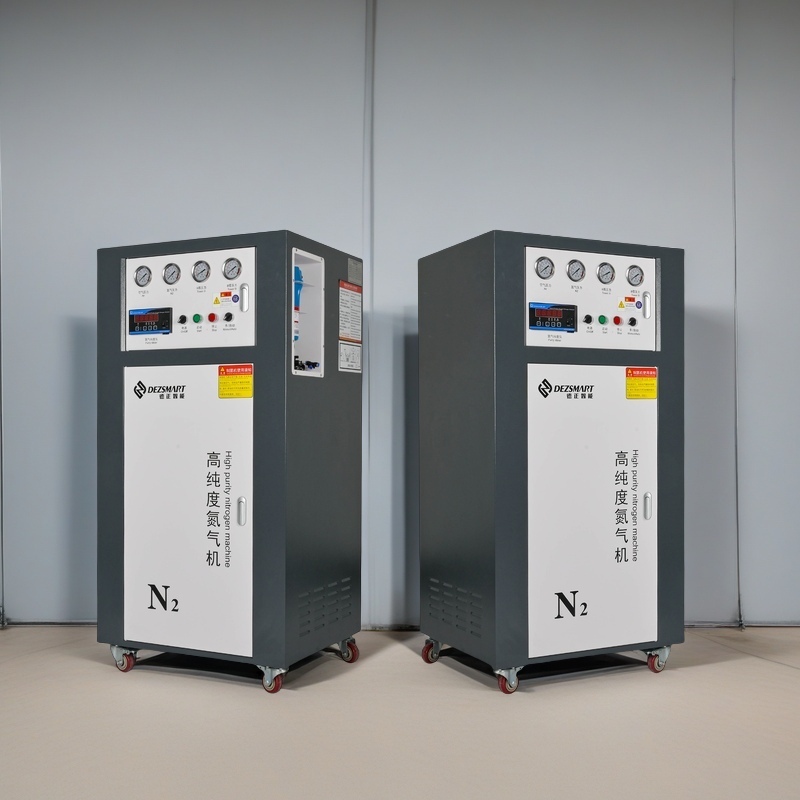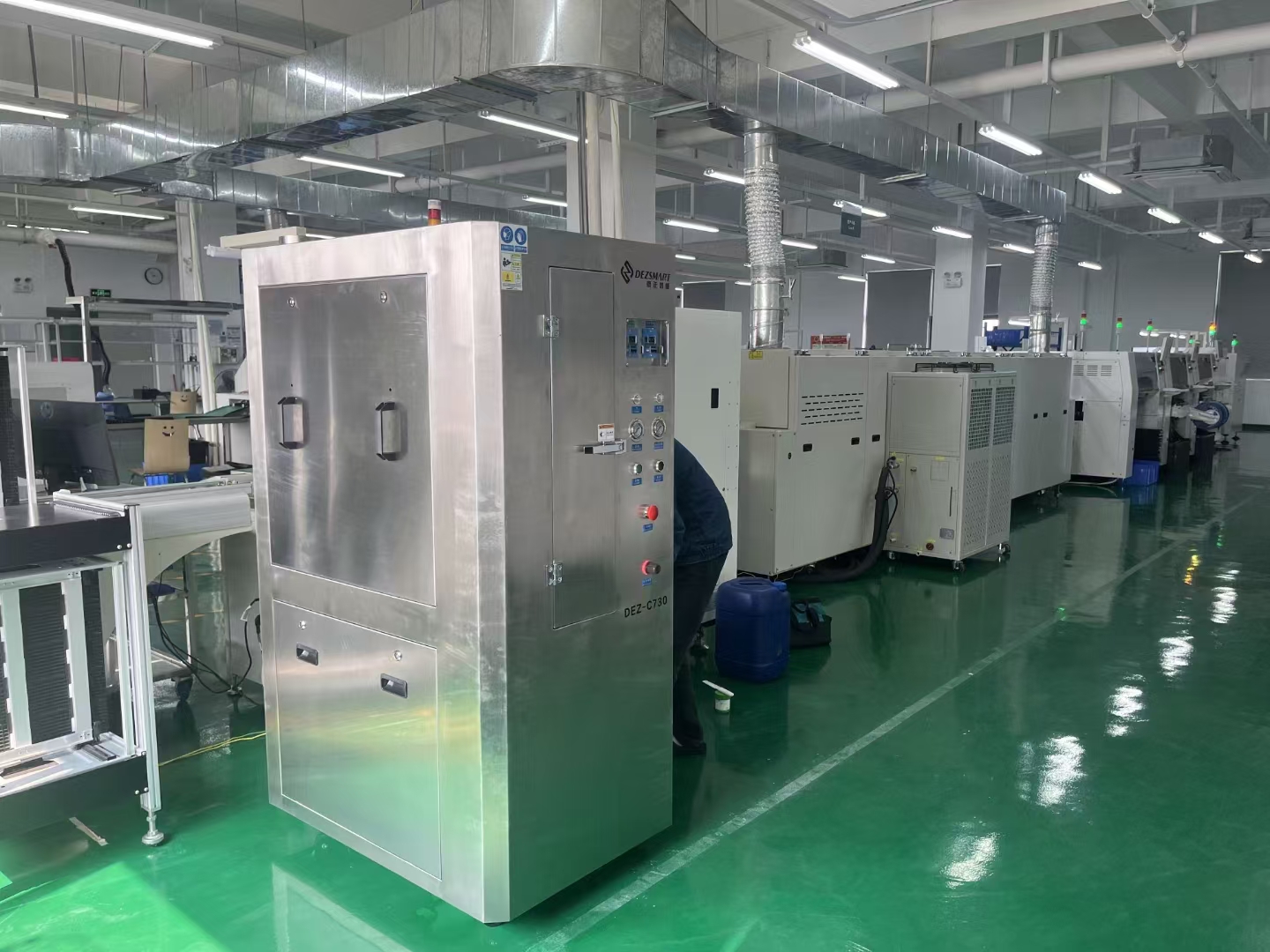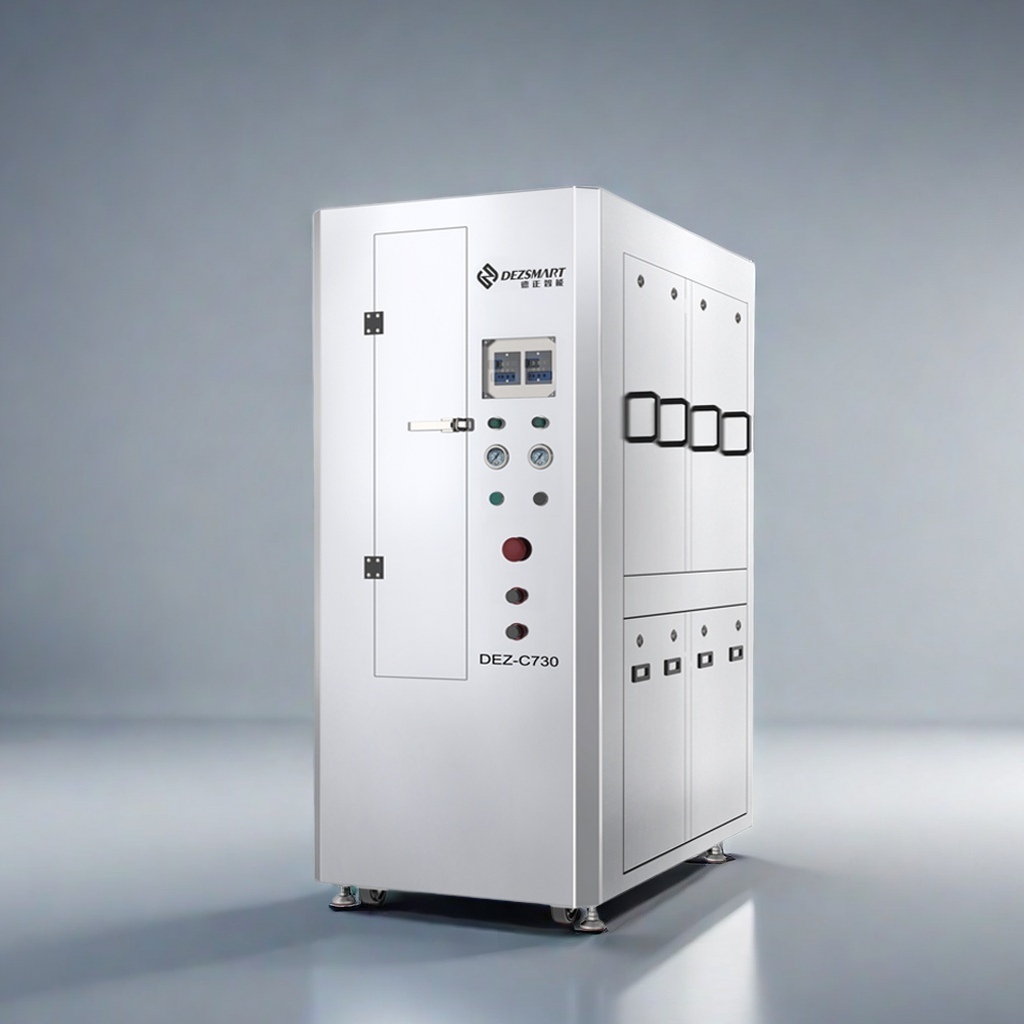Wenn Sie sich für Elektronik interessieren oder mit Leiterplatten arbeiten, haben Sie wahrscheinlich schon von der Bedeutung der Reinigung bei der Leiterplattenmontage gehört. Aber wissen Sie wirklich, warum sie so wichtig ist und was die verschiedenen Reinigungsverfahren beinhalten? Lassen Sie uns eintauchen.
Inhaltsverzeichnis
UmschaltenWarum Reinigung wichtig ist
Leiterplatten sind das Rückgrat moderner elektronischer devices. Sie müssen sauber sein, um zuverlässig zu funktionieren und lange zu halten. Während der Herstellung können alle Arten von Verunreinigungen auf die Leiterplatte gelangen. Dazu gehören Flussmittelrückstände, Staub, Öle, Fingerprints und vieles mehr. Wenn diese Verunreinigungen nicht entfernt werden, können sie große Probleme wie Korrosion, elektrische Kurzschlüsse und sogar Device-Ausfälle verursachen. Die Reinigung sorgt dafür, dass Ihre Leiterplatten professionell aussehen und einwandfrei funktionieren.
Quellen der Verunreinigung
Verunreinigungen können von verschiedenen Stellen ausgehen. Die blanke Leiterplatte kann Rückstände aus dem Herstellungsprozess aufweisen. Beim Löten entstehen Flussmittelrückstände und Lotkugeln. Die Handhabung der Leiterplatten kann Öle und Fingerprints hinterlassen. Auch die Produktionsumgebung kann Staub und Rückstände enthalten. Besonders problematisch sind ionische und nichtionische Verunreinigungen. Ionische Verunreinigungen können in Gegenwart von Feuchtigkeit leitfähig werden, lead was zu Problemen wie dendritischem Wachstum und Korrosion führt.
Reinigung vor der Montage
Bevor Sie mit der Montage beginnen, sollten Sie die blanken Leiterplatten reinigen. Eine Sichtprüfung kann helfen, offensichtliche Verschmutzungen zu erkennen. Bei hartnäckigeren Verunreinigungen können Methoden wie Ultraschallreinigung oder Abwischen mit Lösungsmitteln wie Isopropylalkohol (IPA) eingesetzt werden. Eine ordnungsgemäße Reinigung vor dem Zusammenbau verhindert, dass sich Verunreinigungen bei der Platzierung der Komponenten und beim Löten festsetzen.
Reinigungsprozesse nach der Montage
Nachdem die Leiterplatte mit Bauteilen bestückt und gelötet wurde, ist oft ein umfassender Reinigungsprozess erforderlich. Hier sind einige gängige Methoden:
Wässrige Reinigung
Bei dieser Methode werden Lösungen auf Wasserbasis mit Reinigungsmitteln oder Tensiden verwendet. Es ist wirksam bei der Entfernung von wasserlöslichen Flussmittelrückständen und ionischen Verunreinigungen. Das Verfahren kann in Chargen oder inline für die Großserienproduktion durchgeführt werden. Es ist umweltfreundlich, erfordert aber eine sorgfältige Kontrolle der Wasserqualität und der Trocknung.
Halbwässrige Reinigung
Dies ist eine Kombination aus organischen Lösungsmitteln und Wasser. Es eignet sich für ein breiteres Spektrum von Flussmittelrückständen, einschließlich einiger nicht zu reinigender Arten. Es beinhaltet eine Lösungsmittelwäsche, gefolgt von einer Wasserspülung. Es ist zwar effektiv, erhöht aber die Komplexität des Prozesses und erfordert eine Abwasserbehandlung.
Reinigung mit Lösungsmitteln
Bei dieser Methode werden ausschließlich organische Lösungsmittel verwendet, um Verunreinigungen aufzulösen und zu entfernen. Sie eignet sich für feuchtigkeitsempfindliche Komponenten und bestimmte Flussmittelrückstände. Zu den gängigen Lösungsmitteln gehören IPA, Aceton und Kohlenwasserstofflösungsmittel. Aufgrund der Entflammbarkeit und Toxizität vieler Lösungsmittel ist die Sicherheit ein großes Thema.
Andere spezialisierte Methoden
Bei der Ultraschallreinigung werden Hochfrequenz-Schallwellen eingesetzt, um die Entfernung von Verunreinigungen zu verbessern. Bei der Dampfphasenreinigung kondensieren verdampfte Reinigungsmittel auf der Leiterplatte. Die manuelle Reinigung ist einfach für Aufgaben mit geringem Volumen. Die Reinigung mit ionisierter Luft entfernt lose Partikel und Staub.
Überlegungen zu verbleiten und bleifreien Baugruppen
Der Übergang zum lead-freien Löten hat neue Herausforderungen mit sich gebracht. Bleifreie Flussmittel können schwieriger zu entfernen sein und erfordern möglicherweise alternative Reinigungsmittel oder aggressivere Methoden. Selbst No-Clean-Flussmittelrückstände werden bei Anwendungen mit hoher Zuverlässigkeit häufig entfernt, um die langfristige Zuverlässigkeit zu gewährleisten.
Die Rolle der Reinigung bei No-Clean-Flux-Verfahren
No-clean-Flussmittel sind so konzipiert, dass sie nichtleitende und nichtkorrosive Rückstände hinterlassen. Bei bestimmten Anwendungen wie in der Luft- und Raumfahrt, im Militär und in der Automobilindustrie ist es jedoch ratsam, diese Rückstände zu entfernen. Sie können möglicherweise Feuchtigkeit absorbieren und lead im Laufe der Zeit zu Problemen führen. Reinigungsmethoden wie Lösungsmittelreinigung oder Ultraschallreinigung können für diese Purpose verwendet werden.
Vorteile und Benachteiligungen
Jede Reinigungsmethode hat ihre Vor- und Nachteile. Die wässrige Reinigung ist wirksam und umweltfreundlich, eignet sich aber nicht für alle Flussmitteltypen. Die halbwässrige Reinigung eignet sich für ein breiteres Spektrum an Verunreinigungen, ist aber komplexer. Die Reinigung mit Lösungsmitteln ist vielseitig, wirft aber Sicherheits- und Umweltbedenken auf. Die Wahl hängt von Faktoren wie der Art des Flussmittels, der Empfindlichkeit der Komponenten, dem Produktionsvolumen und den Kosten ab.
| Reinigungsmethode | Vorteile | Benachteiligungen |
| Wässrige Reinigung | Wirksam bei wasserlöslichen Flussmitteln und ionischen Verunreinigungen; Umweltfreundliche Lösungen auf Wasserbasis; Relativ sicher für das Bedienpersonal; Breites Prozessfenster; Kann kostengünstig sein. | Nicht für alle Flussmitteltypen geeignet, insbesondere für Flussmittel auf Kolophoniumbasis und einige No-Clean-Flussmittel; erfordert eine sorgfältige Kontrolle der Wasserqualität und des Spülens; Trocknungsprozess kann energieintensiv und kritisch sein; kann bei nicht ordnungsgemäßer Trocknung Wasserschäden an empfindlichen Komponenten verursachen; kann je nach den verwendeten Reinigungsmitteln eine Abwasserbehandlung erfordern. |
| Halbwässrige Reinigung | Wirksam für ein breiteres Spektrum von Flussmittelrückständen, einschließlich härterer Flussmittel und einiger No-Clean-Typen; kann sowohl polare als auch unpolare Verunreinigungen behandeln; erfordert möglicherweise keine Reinigung in einer geschlossenen Umgebung aufgrund der geringeren Flüchtigkeit im Vergleich zu einigen Lösungsmittelreinigern. | Erfordert eine Lösungsmittelwäsche, gefolgt von einer Wasserspülung, was die Komplexität des Prozesses erhöht; Abwasseraufbereitung ist aufgrund des Vorhandenseins von Lösungsmitteln erforderlich; Trocknung kann immer noch eine Herausforderung sein; die Investitionen in die Ausrüstung können hoch sein, insbesondere bei Online-Systemen; Sicherheitsmaßnahmen für die Handhabung organischer Lösungsmittel sind erforderlich. |
| Reinigung mit Lösungsmitteln | Wirksam sowohl für wasserlösliche als auch für nicht zu reinigende Flussmittelrückstände; wasserfreies Verfahren, geeignet für feuchtigkeitsempfindliche Komponenten; schnelle Verdunstung kann die Verarbeitungszeit verkürzen; kann bei bestimmten Arten von Verunreinigungen sehr wirksam sein. | Viele Lösungsmittel sind entflammbar oder giftig und erfordern strenge Sicherheitsprotokolle, Belüftung und PSA; Umweltprobleme im Zusammenhang mit der Entsorgung von Lösungsmitteln und VOC-Emissionen; erfordern möglicherweise spezielle und potenziell kostspielige Ausrüstung, wie z. B. Dampfentfettungsanlagen; einige Lösungsmittel können bestimmte PCB-Materialien oder -Komponenten beschädigen. |
| Ultraschallreinigung | Wirksam für die Reinigung von dicht gepackten Leiterplatten und schwer zugänglichen Bereichen; kann sowohl mit wässrigen als auch mit lösungsmittelbasierten Reinigern verwendet werden. | Erfordert eine sorgfältige Kontrolle der Ultraschallleistung und -frequenz, um eine Beschädigung empfindlicher Komponenten zu vermeiden; ist im Vergleich zu anderen Methoden möglicherweise nicht für alle Arten von Rückständen geeignet; erfordert das Eintauchen der Leiterplatte in eine Reinigungslösung, die möglicherweise nicht für alle Komponenten geeignet ist. |
| Reinigung in der Dampfphase | Ermöglicht eine gründliche Reinigung, insbesondere bei komplizierten Baugruppen; verdampftes Lösungsmittel kann kleine Teile erreichen; kann durch Lösungsmittelrecycling umweltfreundlich sein. | Weniger verbreitet und möglicherweise nicht für alle Anwendungen geeignet; erfordert spezielle Geräte; die Auswahl an Reinigungsmitteln ist auf solche beschränkt, die für die Verdampfung geeignet sind. |
| Manuelle Reinigung | Einfach und kostengünstig für geringe Mengen und Nacharbeiten; Ermöglicht die gezielte Reinigung bestimmter Bereiche; Geringe Toxizität für Mensch und Umwelt bei Verwendung bestimmter Reinigungsmittel wie IPA. | Zeitaufwendig und möglicherweise nicht optimal für große Chargen; Konsistenz kann je nach Bediener variieren; möglicherweise nicht effektiv für die Reinigung unter Komponenten oder in sehr engen Räumen. |
| Ionisierte Luftreinigung | Schnelles und effektives Entfernen von losem Staub und Partikeln; kein direkter Kontakt mit der Platte. | Weniger gründlich als Reinigungsmethoden auf Flüssigkeitsbasis; nicht wirksam bei der Entfernung von anhaftenden Rückständen wie Flussmittel. |
Abschluss
Die Reinigung bei der Leiterplattenbestückung ist ein entscheidender Schritt, der sich direkt auf die Zuverlässigkeit, Leistung und Langlebigkeit elektronischer devices auswirkt. Um die richtige Methode auszuwählen, ist es wichtig, die verschiedenen Reinigungsverfahren und ihre Nachteile zu kennen. Während No-Clean-Flussmittel potenzielle Kosten- und Zeitersparnisse bieten, bleibt die Entfernung selbst minimaler Rückstände für viele Anwendungen wichtig. Durch eine sorgfältige Bewertung der verfügbaren Technologien können die Hersteller qualitativ hochwertige, zuverlässige elektronische Baugruppen sicherstellen.
FAQs
- Kann ich auf die Reinigung verzichten, wenn ich No-Clean-Flussmittel verwende? Obwohl No-Clean-Flussmittel so konzipiert sind, dass sie nur minimale Rückstände hinterlassen, wird bei Anwendungen mit hoher Zuverlässigkeit dennoch eine Reinigung empfohlen, um mögliche langfristige Probleme zu vermeiden.
- Was ist die beste Reinigungsmethode für dicht gepackte Leiterplatten? Die Ultraschallreinigung ist besonders effektiv bei dicht gepackten Leiterplatten, da sie durch Kavitation schwer zu reinigende Bereiche erreichen kann.
- Gibt es umweltfreundliche Reinigungsmöglichkeiten? Ja, die wässrige Reinigung verwendet Lösungen auf Wasserbasis und gilt als umweltfreundlich. Einige Dampfphasen-Reinigungsmittel können auch recycelt werden.
- Wie wähle ich die richtige Reinigungsmethode für meine Anwendung? Berücksichtigen Sie Faktoren wie die Art des Flussmittels, die Empfindlichkeit der Komponenten, das Produktionsvolumen, die Kosten und die Umweltvorschriften. Jede Methode hat ihre Vor- und Nachteile.
- Kann eine unsachgemäße Reinigung die Leiterplatte beschädigen? Ja, unsachgemäße Reinigung kann Feuchtigkeit einschließen, empfindliche Komponenten beschädigen oder Rückstände hinterlassen, die die Zuverlässigkeit beeinträchtigen. Es ist wichtig, die richtigen Verfahren einzuhalten und geeignete Reinigungsmittel zu verwenden.
